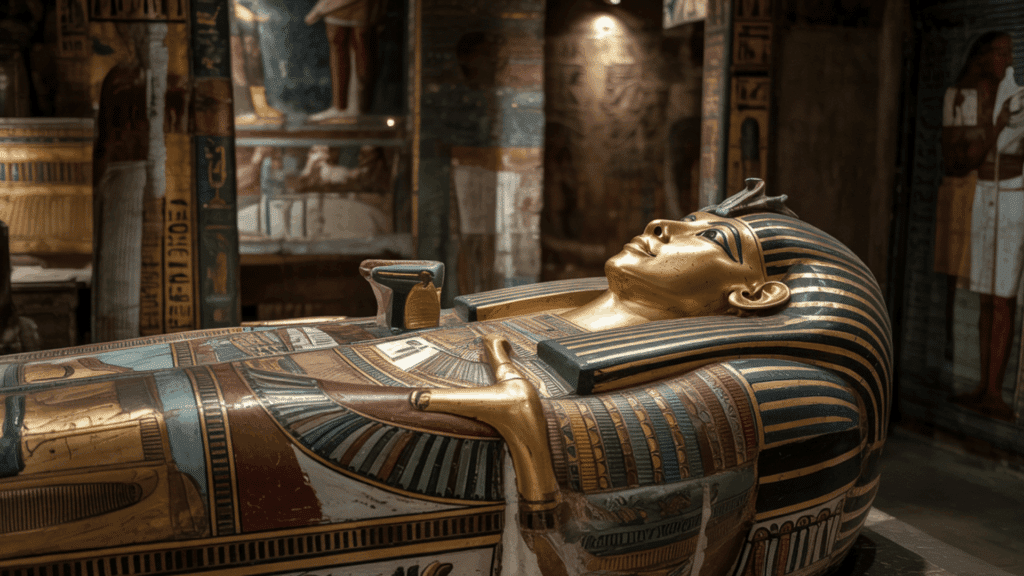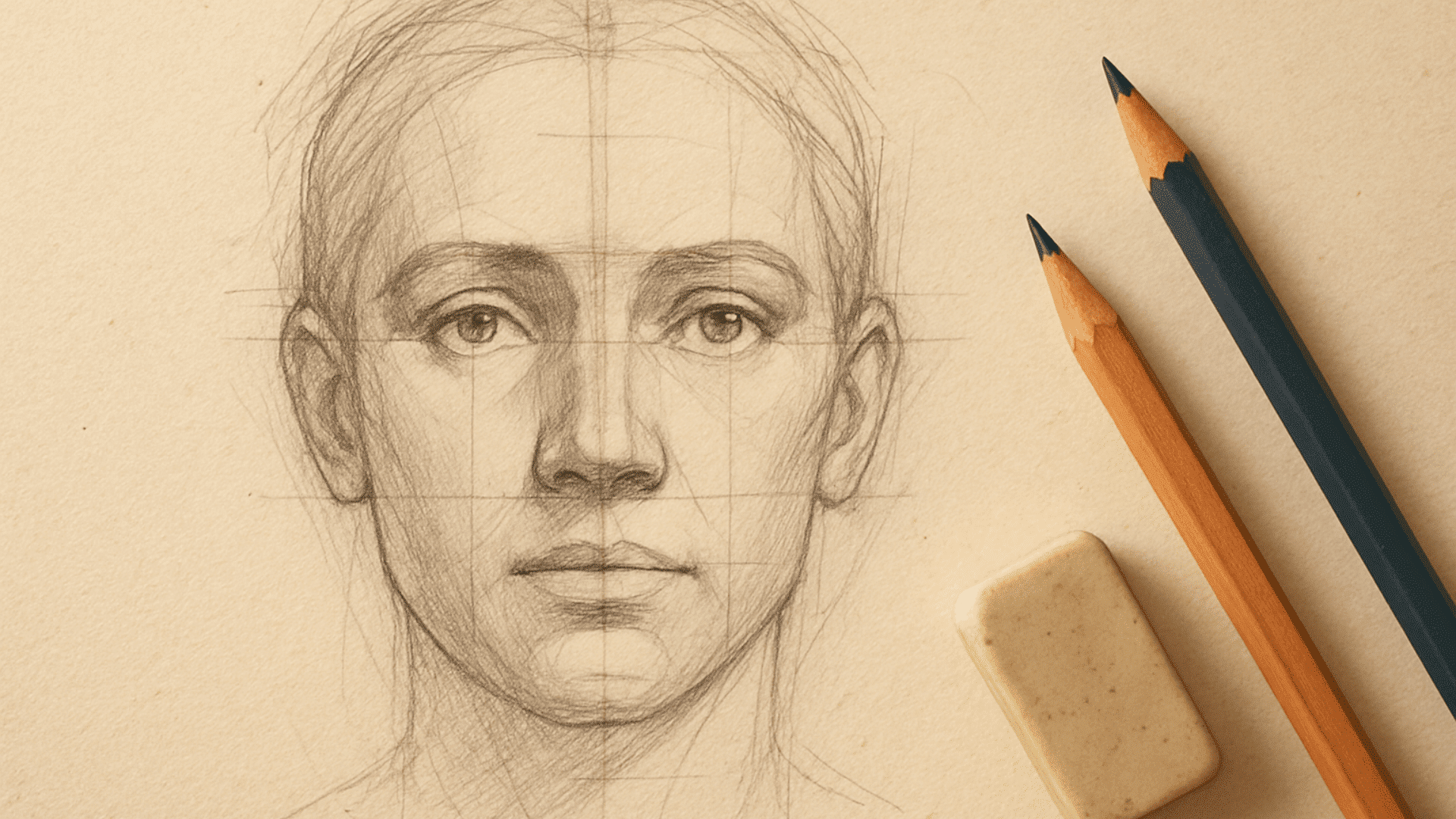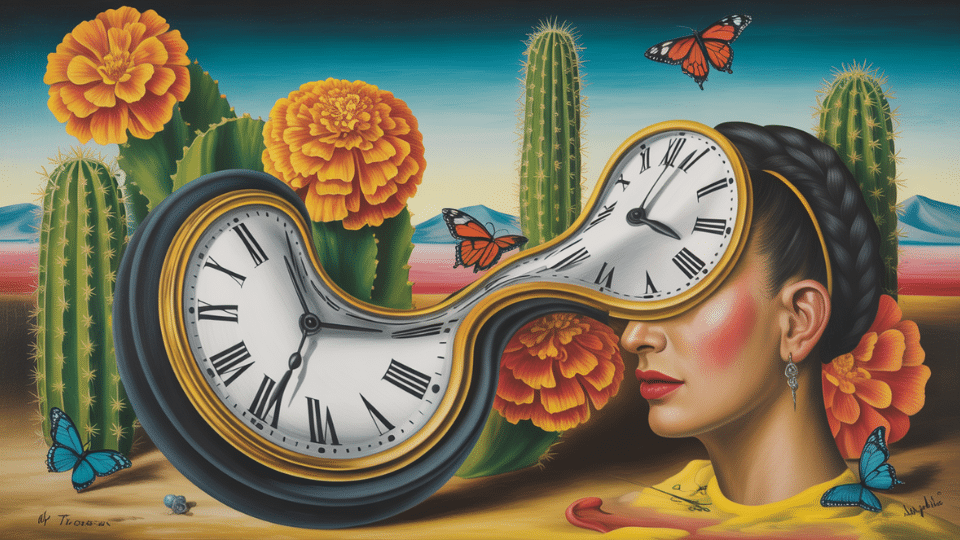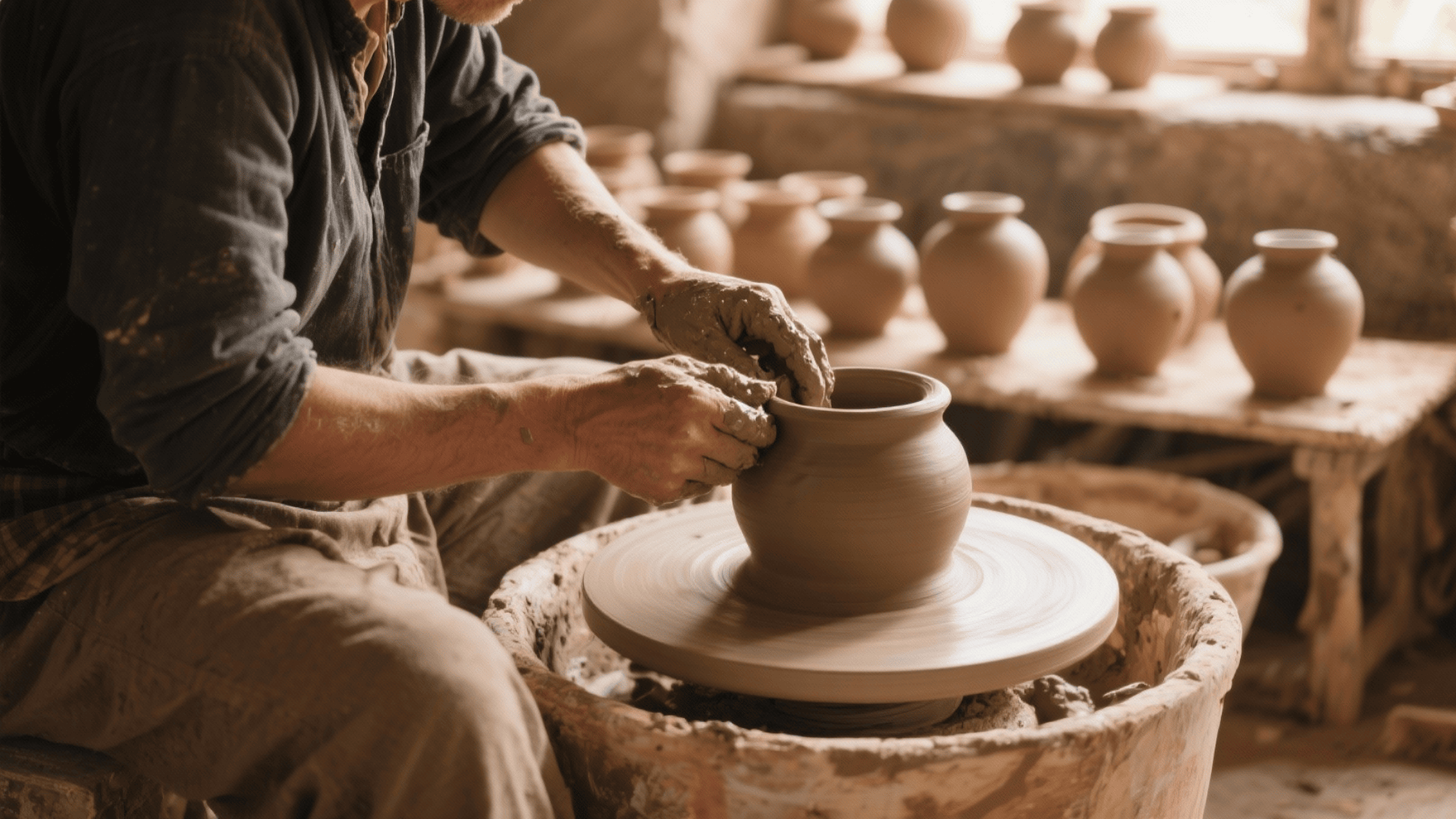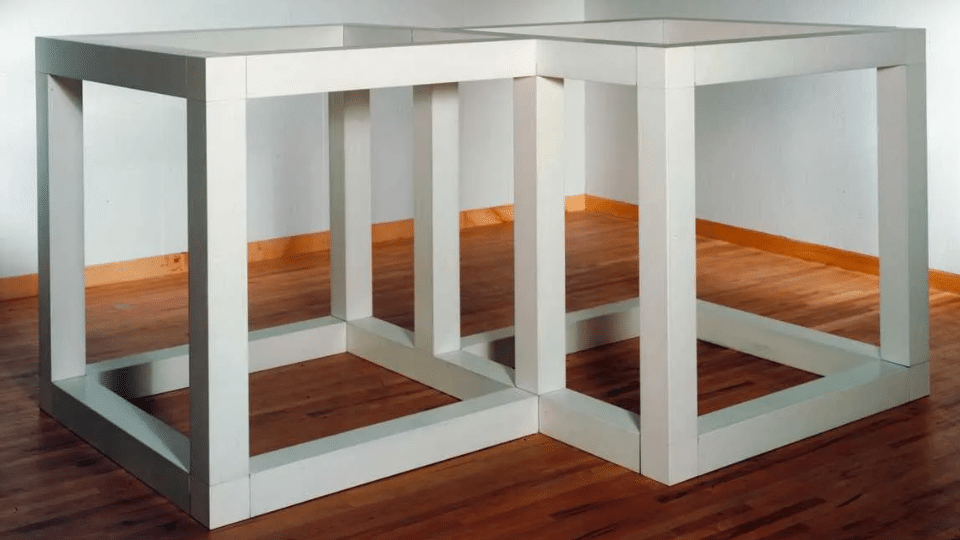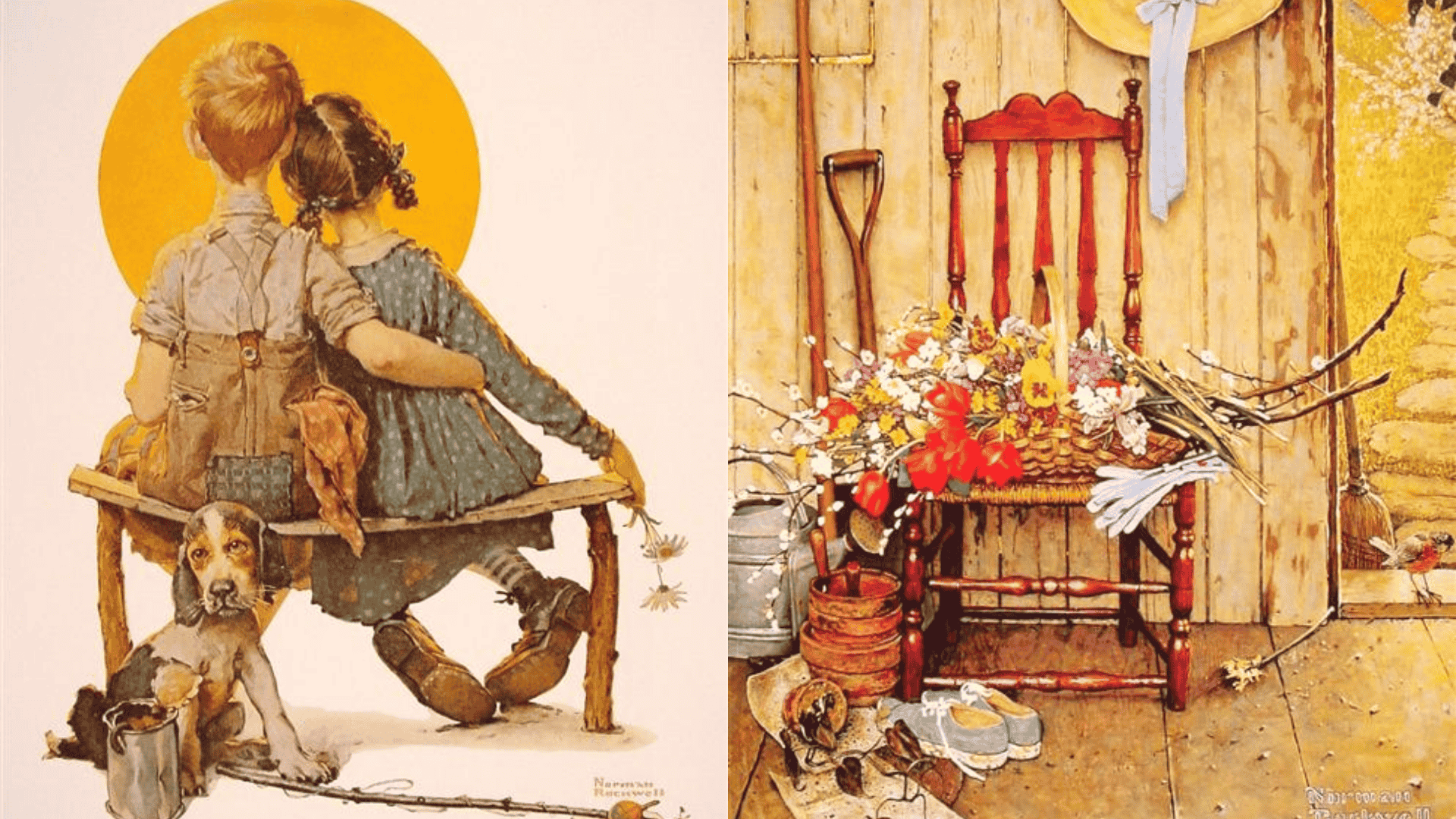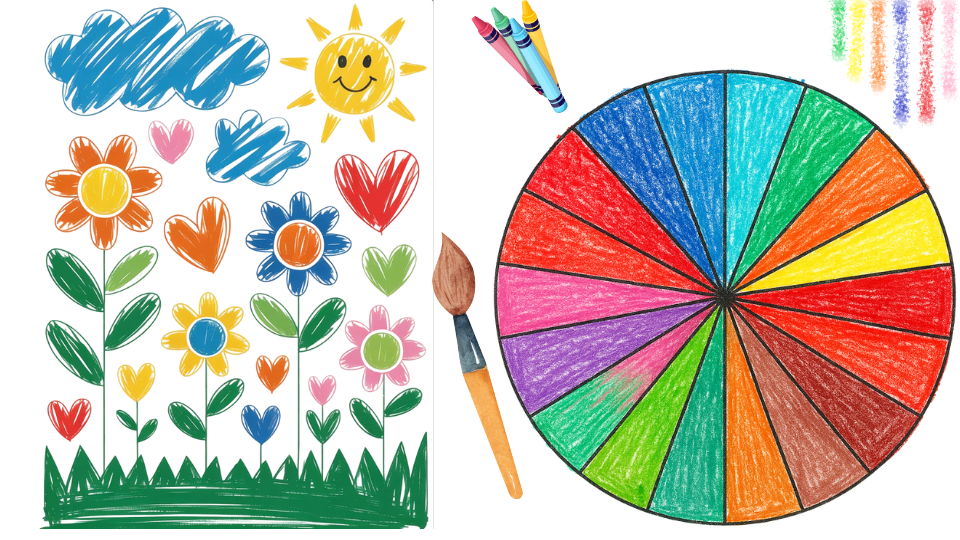Have you ever wondered how ancient Egyptian art has intrigued people for over 5,000 years?
Ancient Egyptian art, from King Tut’s gold to the Sphinx, tells stories of gods and pharaohs, masterpieces created by anonymous artists who believed their work belonged to the gods.
If you’re a student, planning a visit to a museum, or curious about ancient cultures, this blog reveals the artistic techniques, symbols, and meanings of ancient Egypt.
Learn about hieroglyphs, why pharaohs were painted sideways, and learn about famous collections.
Ready to decode the mysteries hidden in pyramids and tombs? Let’s travel back to ancient Egypt, where every brushstroke was pure gold!
Understanding Ancient Egyptian Art: Core Principles and Characteristics
Ma’at, the Egyptian goddess of truth, balance, and order, was significant in Egyptian art. Artists aimed for balanced, orderly works by carefully arranging figures for harmony.
You can see Ma’at’s influence everywhere in Egyptian art. Statues were made symmetrically, meaning both sides looked exactly the same.
Wall paintings showed people and objects arranged in neat, organized rows. Even the colors were chosen to create balance, they used the same colors on both sides of their artwork.
This focus on balance gave Egyptian art a calm and peaceful appearance. It showed that Egyptians valued order and stability in their world and wanted their art to reflect these important beliefs.
Complete Timeline of Egyptian Art Periods
Egyptian art evolved over thousands of years through different kingdoms and periods. Each era brought new styles while keeping important traditional elements that made Egyptian art unique.
| TIME PERIOD | ART CHARACTERISTICS |
|---|---|
| Predynastic Period (6000-3100 BCE) | Early rock art, pottery designs, and the first artistic rules |
| Early Dynastic Period (3100-2686 BCE) | Royal art styles and hieroglyphic writing developed |
| Old Kingdom (2686-2181 BCE) | Pyramids were built, the Great Sphinx created, and formal statues |
| First Intermediate Period (2181-2055 BCE) | Different regions create their own art styles |
| Middle Kingdom (2055-1650 BCE) | Golden age of refined jewelry and sculpture |
| Second Intermediate Period (1650-1550 BCE) | Foreign influences, smaller but high-quality works |
| New Kingdom (1550-1077 BCE) | Tutankhamun’s treasures, great temples, and rich colors |
| Late Period (1077-30 BCE) | Traditional styles return, Greek and Roman influences |
This timeline shows Egyptian artists maintaining core traditions while adapting to new rulers and cultures. Their legacy influenced civilizations for thousands of years after ancient Egypt.
Major Art Forms and Media in Ancient Egypt
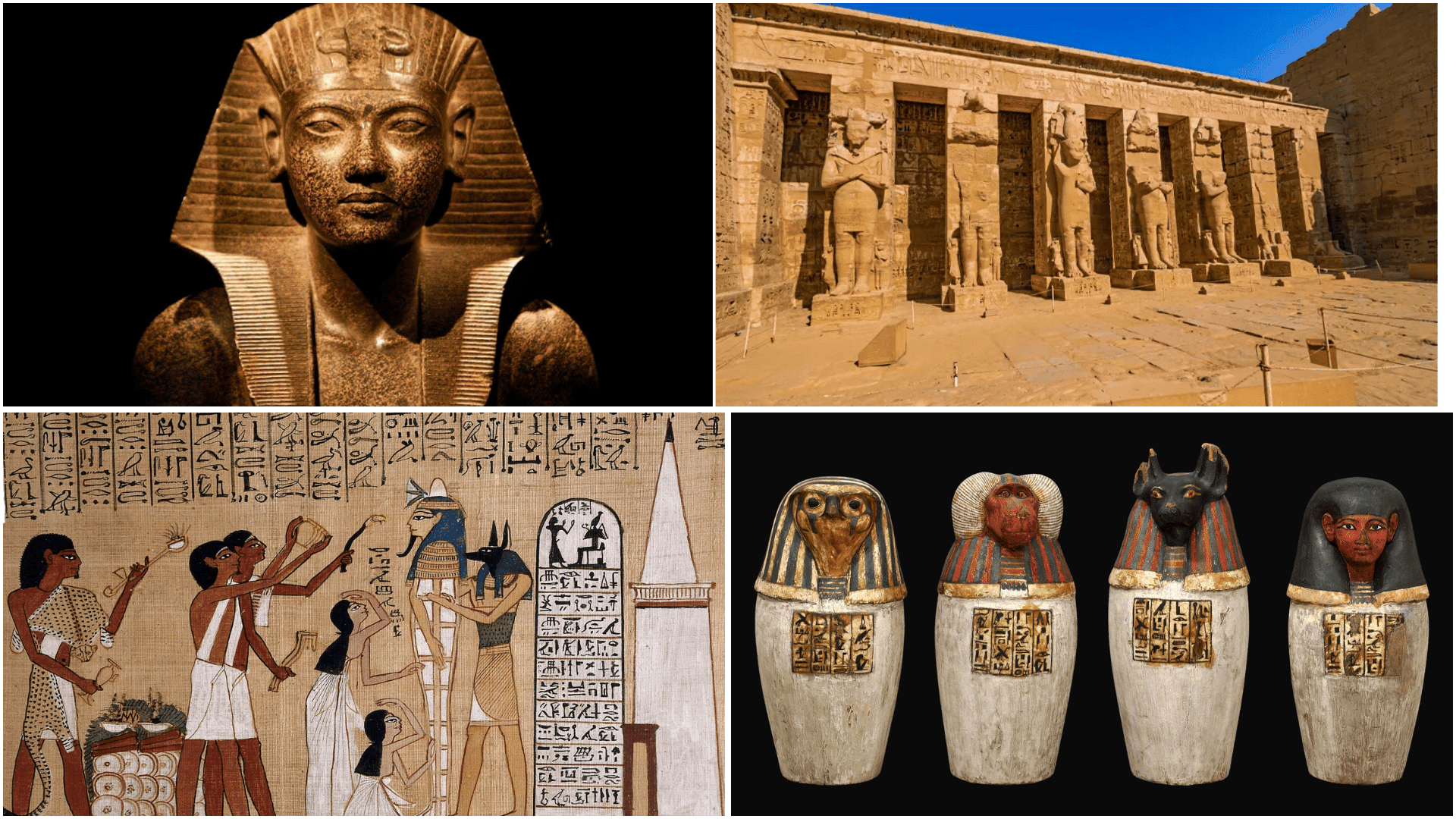
Ancient Egyptian artists employed a wide range of materials and techniques to craft their masterpieces. From massive stone sculptures to delicate jewelry, each art form had a special purpose and meaning.
1. Sculpture and Statuary
Pharaohs and gods were carved in stone to show eternal power; wealthy Egyptians commissioned tomb statues for the afterlife, while artists used raised or sunken reliefs to tell stories and adorn buildings.
2. Wall Paintings and Tomb Art
Painters used natural minerals and plants for vibrant, durable colors on tomb walls. Tomb murals depicted gods, afterlife, and daily life like farming, hunting, and festivals. Notable examples include King Tutankhamun’s scenes and noble tomb art.
3. Architecture as Art
Massive temples with carved columns, painted walls, and statues honored gods and pharaohs; tombs held temples, courtyards, and chapels with art and hieroglyphs, blending engineering precision with artistic beauty.
4. Decorative Arts
Skilled craftsmen crafted elaborate necklaces, bracelets, and crowns from gold, precious stones, and colorful beads.
Artists made bowls, jars, and vessels decorated with geometric patterns, animals, and religious symbols. Weavers produced fine linen fabrics with embroidery, beadwork, and painted designs.
5. Papyrus Art and Book of the Dead
Artists painted detailed illustrations on papyrus scrolls, combining beautiful pictures with hieroglyphic text in religious books. The Book of the Dead contained spells and images to guide souls safely through their afterlife journey.
These diverse art forms worked together to create the rich visual culture of ancient Egypt. Each medium served important religious, political, and social purposes, helping to define Egyptian civilization for over 3,000 years.
Cultural and Religious Significance of Egyptian Art
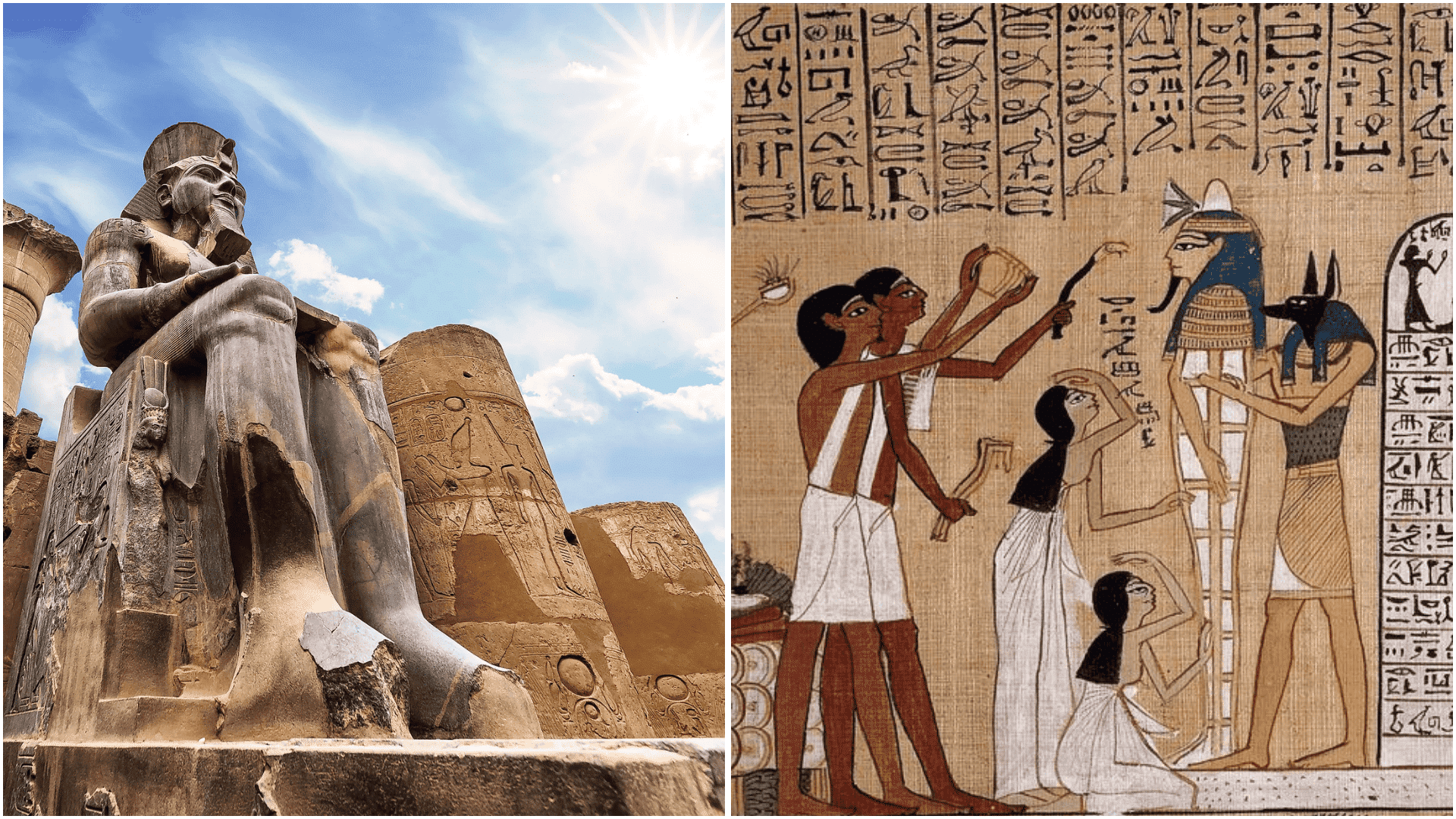
Egyptian art was more than decoration; it had spiritual, political, and social roles in society. Every piece, from paintings to buildings, held meaning, connecting people to their gods and rulers.
- Art as service to gods and afterlife: Artists created tomb paintings and statues to help dead people’s spirits survive in the next world and please the gods
- Propaganda and royal power display: Pharaohs used massive sculptures and temple decorations to show their divine authority and impress both subjects and enemies
- Daily life documentation: Wall paintings recorded farming, hunting, and family activities, preserving how ordinary Egyptians lived thousands of years ago
- Religious beliefs reflected in art: Every symbol, color, and pose had spiritual meaning that taught people about their faith and connection to the divine
- Social order reinforcement: Art showed the hierarchy of Egyptian society, with gods and pharaohs depicted as the largest and most important figures
This approach to art united Egyptian society around shared beliefs. Their creative works built a lasting legacy that still amazes today.
World-Class Egyptian Art Museum Collections and Resources
Museums worldwide hold iconic Egyptian art collections, preserving ancient treasures for all to enjoy. They offer exhibits and online resources for students and art enthusiasts.
| Museum/Resource | Collection Size | Special Features |
|---|---|---|
| Egyptian Museum, Cairo | 100,000+ artifacts | King Tut’s treasures, mummies |
| British Museum, London | 100,000+ artifacts | Rosetta Stone, huge sculpture hall |
| Metropolitan Museum, New York | 30,000+ objects | Temple of Dendur, jewelry collection |
| Neues Museum, Berlin | 80,000+ artifacts | Nefertiti bust, papyrus scrolls |
| Louvre Museum, Paris | Major collection | Sphinx, royal statues |
| Brooklyn Museum, New York | Large collection | Mummy cases, daily life objects |
| Digital Egypt (UCL) | Online database | Virtual tours, 3D models |
These museums make ancient Egyptian art accessible through exhibits, websites, and educational programs, helping people connect with Egypt’s rich artistic heritage, whether visiting in person or searching online.
Famous Egyptian Artworks You Must Know

Many Egyptian artworks have gained worldwide recognition as symbols of ancient civilization. These masterpieces demonstrate the remarkable skill of Egyptian artists, giving us a deeper insight into their culture and beliefs.
- Tutankhamun’s funerary mask: This golden mask with precious stones covered the young pharaoh’s mummy and shows the peak of Egyptian craftsmanship and burial traditions
- Bust of Nefertiti : The beautiful limestone sculpture of Queen Nefertiti displays perfect artistic technique and represents the elegance of royal women in ancient Egypt
- Great Sphinx of Giza : This massive stone creature with a human head and lion’s body guards the pyramids and symbolizes the pharaoh’s divine power
- Palette of Narmer : One of the earliest Egyptian artworks, this ceremonial palette shows the first pharaoh uniting Egypt and establishes many artistic conventions
- Statues of Rahotep and Nofret: These realistic painted statues from the Old Kingdom show a royal couple and demonstrate early mastery of lifelike sculpture
- Tomb paintings of Nebamun: Colorful wall paintings from this scribe’s tomb display daily life scenes with birds, fishing, and family activities in amazing detail
These famous works continue to inspire artists and fascinate visitors in museums worldwide. They represent the best of Egyptian artistic achievement and help keep ancient Egyptian culture alive today.
Egyptian Art’s Influence on Modern Culture
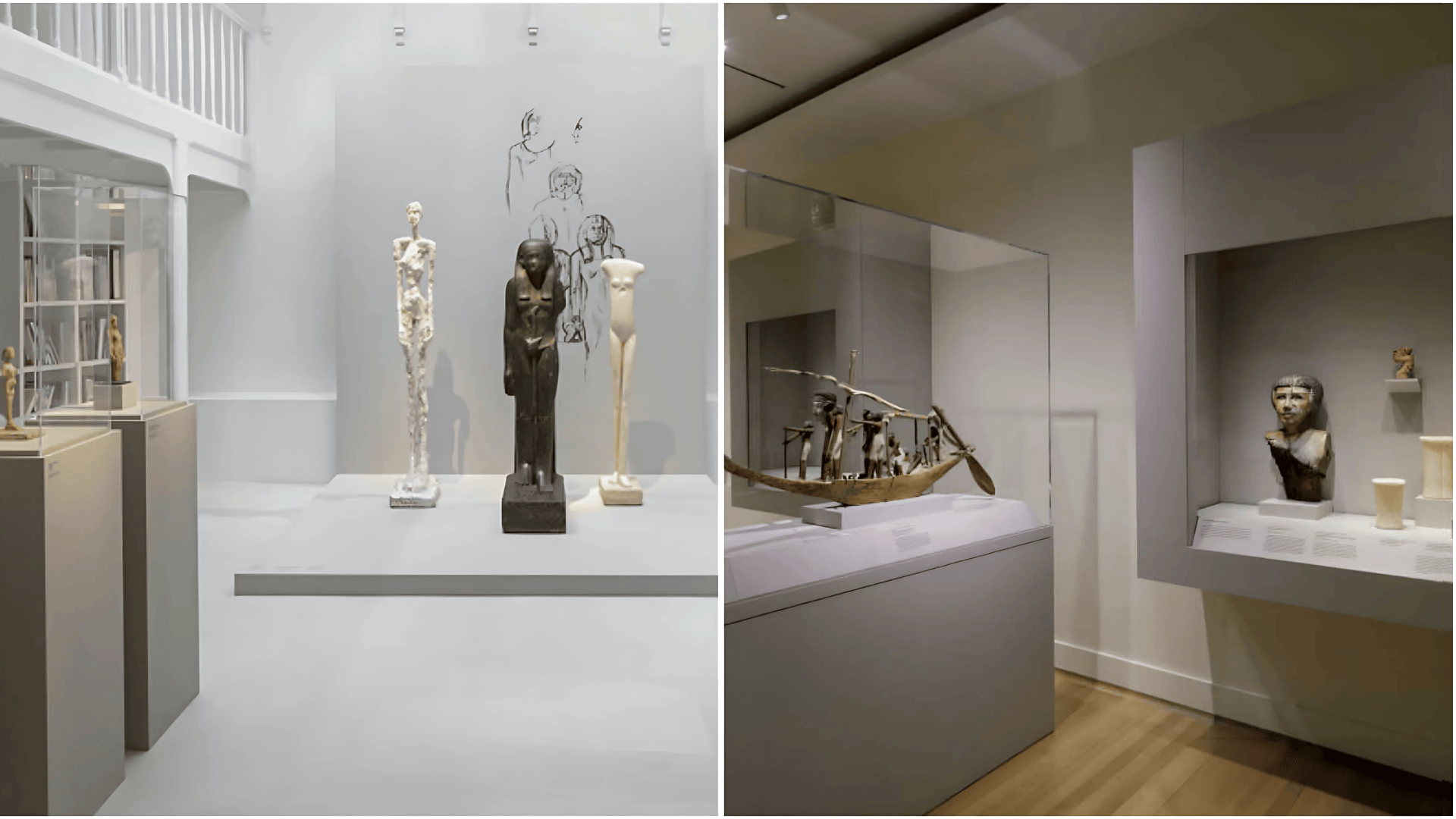
Ancient Egyptian art still influences our world today in amazing ways. You can see Egyptian styles in buildings, movies, fashion, and modern artwork all around us.
The Art Deco movement in the 1920s borrowed heavily from Egyptian designs, using geometric patterns, bold lines, and golden colors in skyscrapers and decorations.
Many contemporary artists like Kehinde Wiley create paintings inspired by Egyptian poses and symbols. Popular culture loves Egyptian themes too – from Hollywood movies about mummies and pharaohs to video games featuring pyramids and hieroglyphs.
Fashion designers often use Egyptian-inspired jewelry, makeup styles, and clothing patterns. Even architecture today sometimes includes Egyptian elements like columns and sphinx statues.
This shows how powerful and timeless Egyptian artistic ideas really are, continuing to inspire creativity thousands of years later.
How to Study and Appreciate Egyptian Art?
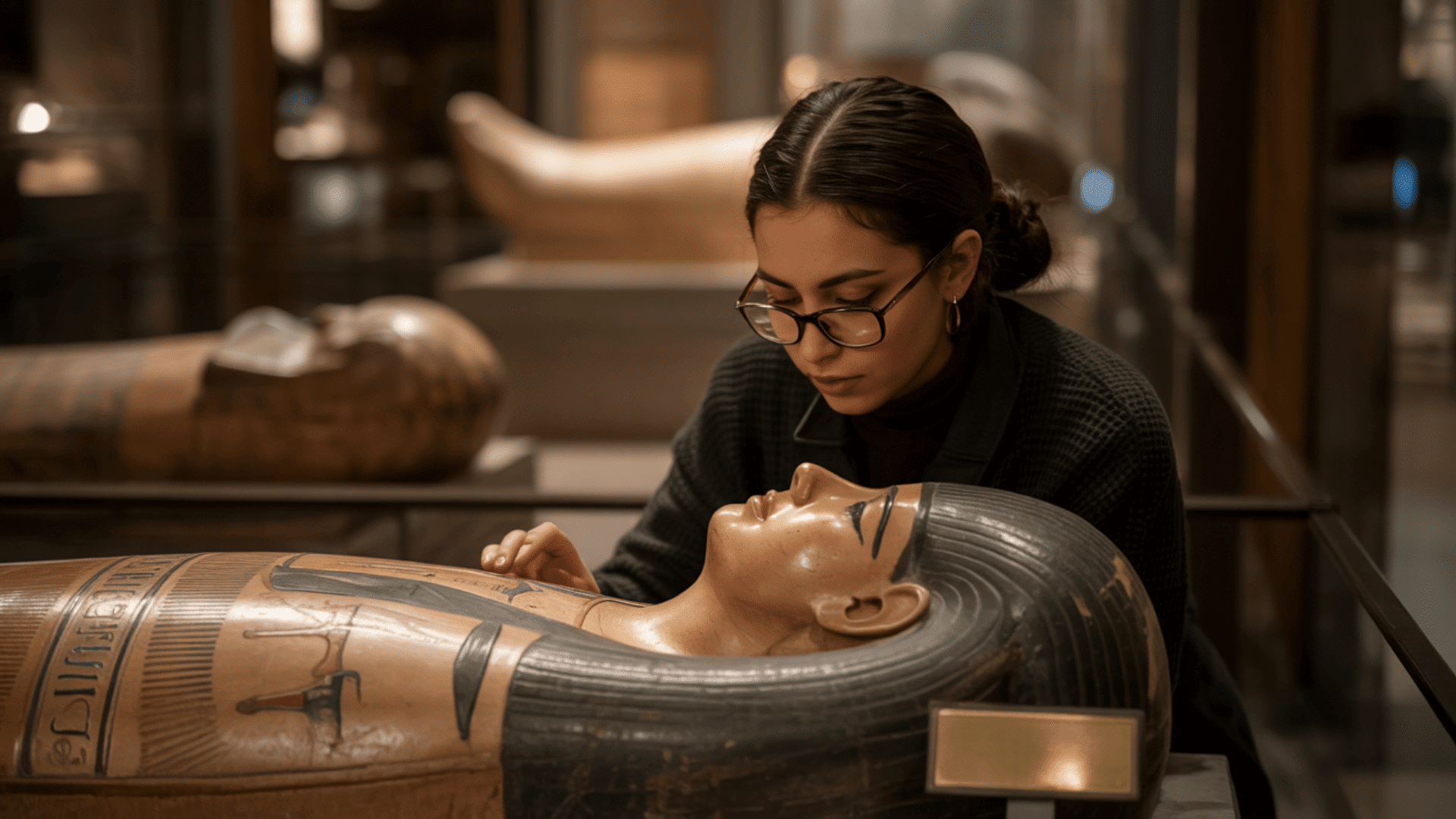
Learning to understand Egyptian art opens up an intriguing world of ancient symbols, stories, and beliefs. With the right knowledge, you can decode the hidden meanings behind every painting and sculpture.
- Look for symbolic elements: Watch for ankhs (life), eyes of Horus (protection), and animal gods that carry special meanings in every artwork
- Notice hierarchical scale: Important people like pharaohs and gods appear largest, while servants and enemies are shown much smaller
- Study the formal poses: Figures face forward or sideways, following strict rules that Egyptian artists used for thousands of years
- Visit major museum collections: See real Egyptian art at places like the Metropolitan Museum, British Museum, or the Egyptian Museum in Cairo
- Use educational resources: Read books about Egyptian history, explore online museum websites, and watch documentaries by archaeology experts
Understanding these elements helps you appreciate the incredible skill and deep meaning behind Egyptian art. Every piece tells a story about ancient Egyptian life, religion, and culture that continues to amaze people today.
Final Revelation
Egyptian art continues to amaze us thousands of years after the end of the ancient Egyptian era.
From massive pyramids to tiny jewelry, these artworks show the creativity and skill of ancient Egyptian artists. You’ve learned about their styles, religious meanings, and how their art continues to influence today.
Ready to see Egyptian art in person? Visit museums like the Metropolitan or browse online to explore the symbols, including the ankh, eyes of Horus, and the hierarchical scale of Egyptian art.
Every piece tells a story; you’ll now understand the hidden messages in hieroglyphs and sphinx statues as Egyptian art remains alive and continues to inspire artists everywhere today.
What’s your favorite piece of Egyptian art? Share your thoughts in the comments below!

